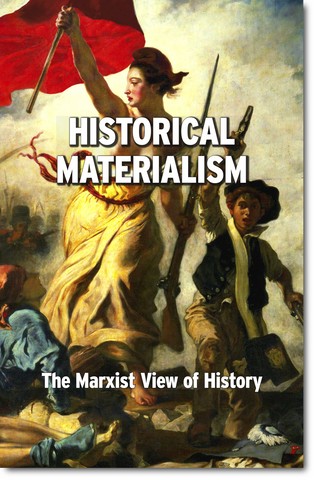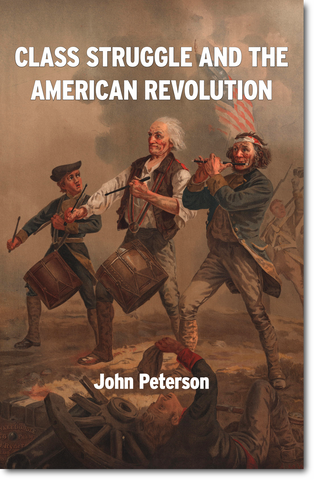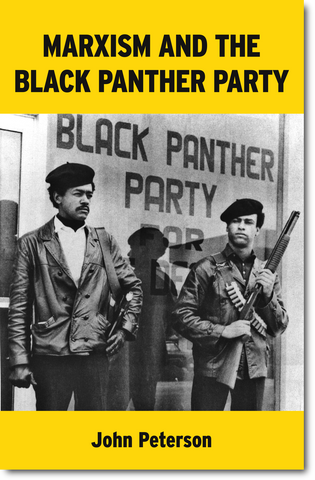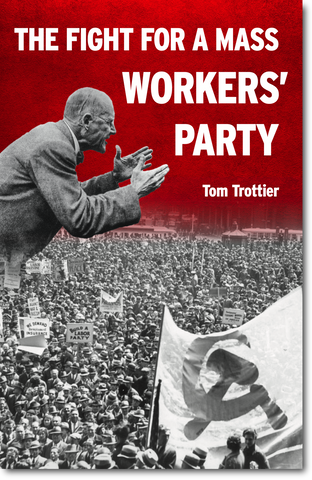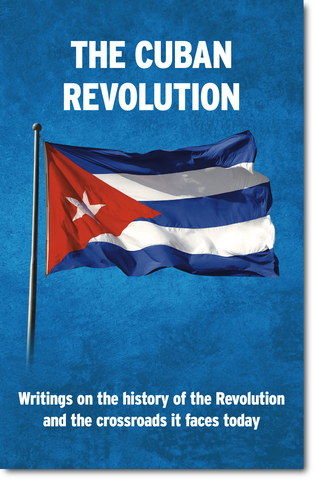
The Cuban Revolution
*Newly expanded edition—more than four times the page count!*
The Cuban Revolution of 1959 marks the first time ever that capitalism has been abolished in the Western Hemisphere. All the gains of the Cuban Revolution can be attributed to the expropriation of the capitalist class. However, the collapse of the Soviet Union in 1989 left the island completely at the mercy of the world market. The pressure to pursue market-friendly measures in order to address the economic problems facing the Cuban Revolution introduces the danger of the restoration of capitalism. The country still faces a fierce assault by US imperialism, including six decades of a criminal blockade backed by both parties of the ruling class.
In this selection of articles, Jorge Martín looks at how the Cuban Revolution—starting out as a bourgeois democratic revolution—was forced to move against capitalism in order to achieve its aims, a brilliant confirmation of Trotsky’s theory of the Permanent Revolution. He also looks at the contradictory tendencies within Cuba in the early years after the Revolution, and examines how Cuba resisted the pressures to follow the capitalist road as happened in the Soviet Union and China, undergoing a serious crisis in the process.
Now, however, there are growing pressures also inside Cuba to adopt the so-called “Chinese model”, i.e. changes that would eventually lead to the re-establishment of capitalism on the island. But there are also those who resist this idea and are seeking ways of securing the gains of the Revolution. Ultimately, the fate of the Cuban Revolution depends on the struggle for genuine workers’ democracy and the spreading of socialist revolution to other countries in the region and beyond.
By Jorge Martin.
69 pages.
We Also Recommend
